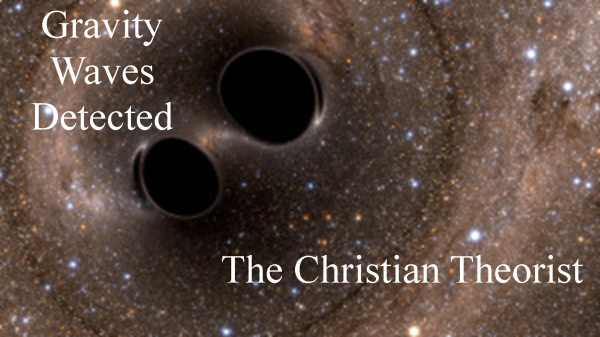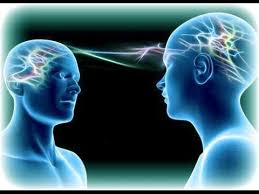The human eye can only detect a small range—from 390 to 700 nanometers—of the entire spectrum of light—from .001 nanometers to 100,000,000,000,000,000, or 1 picometer to 100 megameters—and we tend to take it for granted that this is the only light that is possible to see. But what if it were possible to see other spectra of light? Bees, and I think some butterflies, as well as other insects, can see ultraviolet light, though they sacrifice the ability to see red light. If they can see other spectra, why can’t we?

The human eye has molecules on the outside of its rod and cone cells that react to the presence of certain types of light. When one of these molecules receives a compatible photon, it results in an electrical signal being sent to your brain, which translates the signal into a color. There appear to be multiple types of these molecules, each of which works differently, but in this post I will call them photoreceptors collectively.
Humans only have a few types of photoreceptors, so we can only pick up red, green and blue light, which our brain combines to make the colors we see. We also have a photoreceptor on our rod cells that picks up all visible light, giving us grayscale night vision. Some animals, however, have photoreceptors that respond to ultraviolet light, allowing them to see it. There is also some indication that humans have the ability to see the near-visible spectra (at least part of Ultraviolet and Infrared), but that our lenses filter it out. Read more about that here.
So all we need to see light of different spectra is the photoreceptors to pick them up (and possibly some lens surgery to keep it from filtering them out). However, the way in which we attach them can have different effects on the way the new light is seen.
The first method to be developed will probably attach the new photoreceptors directly to certain existing cones, allowing us to see the new spectra in the same colors we see visible light. The result would be a person that sees both the bones and skin on the same person at the same time, or someone with infrared vision interlaced with normal vision. While useful in many situations, this would also cause problems, such as the color of an object being dependent on its heat, causing confusion as to whether you are looking at a cold red object or a hot blue object.
The next developmental step would be to incorporate the new photoreceptors into the DNA. We would have to figure out the DNA sequence that would make these photoreceptors, and figure out how to make our DNA make new cone cells in the eye, which is why I have this listed as being developed after the method of attaching it directly to existing cones, but once we figure out how to do this, we will see the new spectra as their own colors. Now, I don’t know how this will manifest—we might still see the same colors, with the visible spectrum showing up as green, ultraviolet as blue, and infrared as red, or we might actually see new colors; I don’t know—but either way, this method is bound to eliminate confusion.
This would lend itself very well to science fiction. You could write a book about a squad where (going with the first method likely to be developed) one member gets a red rim on his vision in the presence of dangerous radiation levels, one has infrared vision, one has X-ray vision, and one can see Ultraviolet, or (going with the second method likely to be developed) you could have one person who can see the entire spectrum of light as new colors (this would have the added benefit of being able to see magnetic fields, because the electromagnetic force works by photon exchange).
Here is another post by someone else that explores current progress in the fields of human infrared and ultraviolet vision, as well as echolocation.






